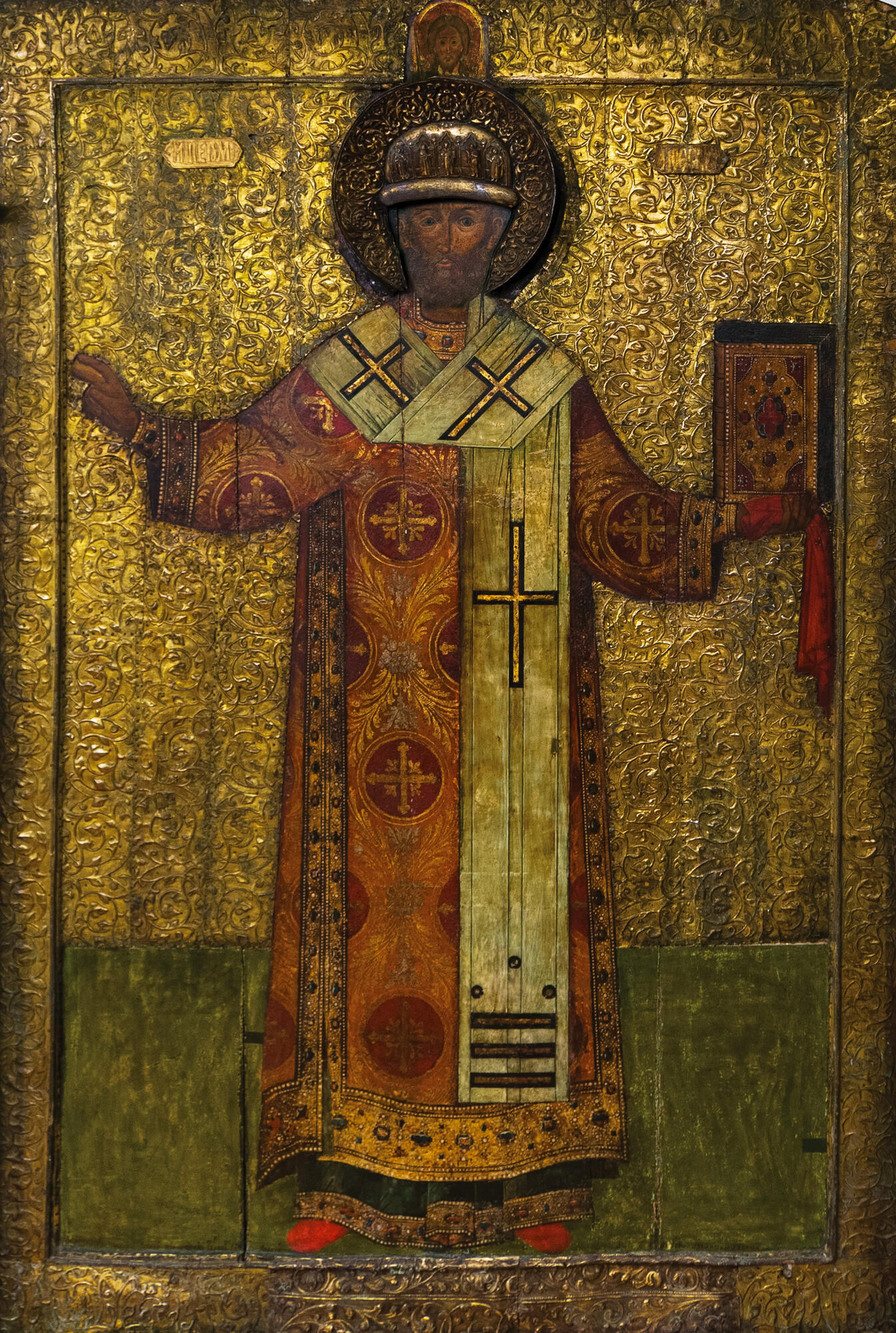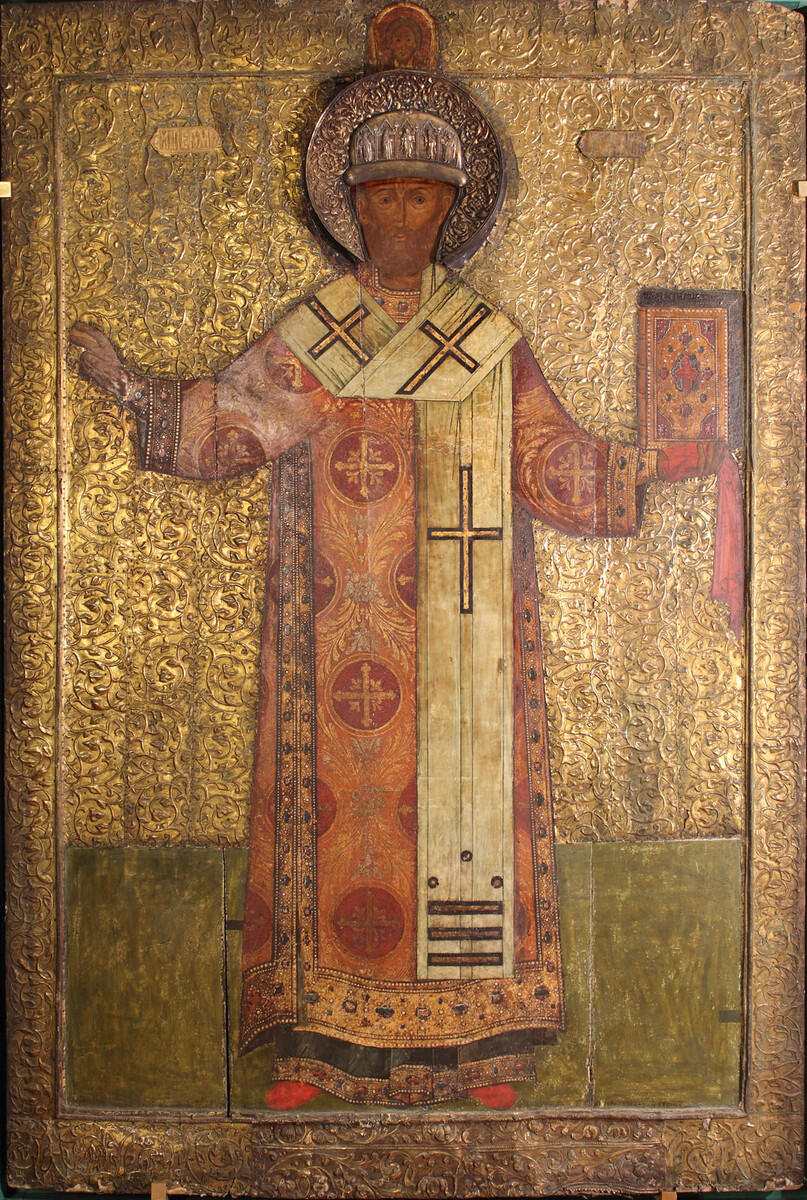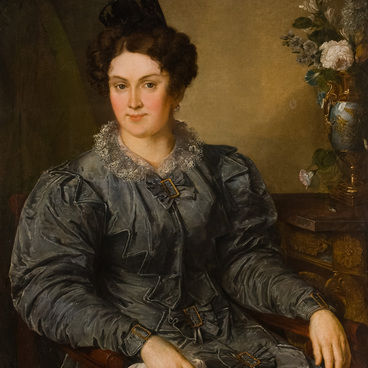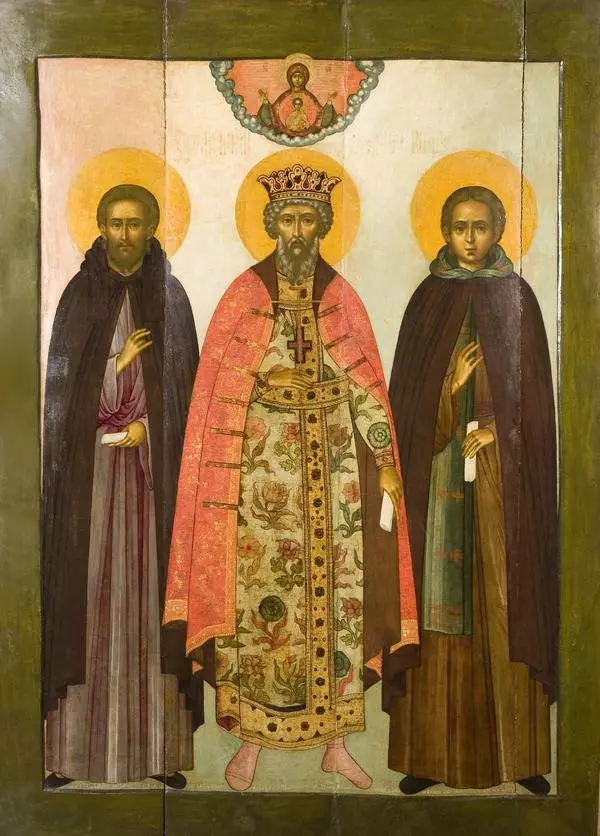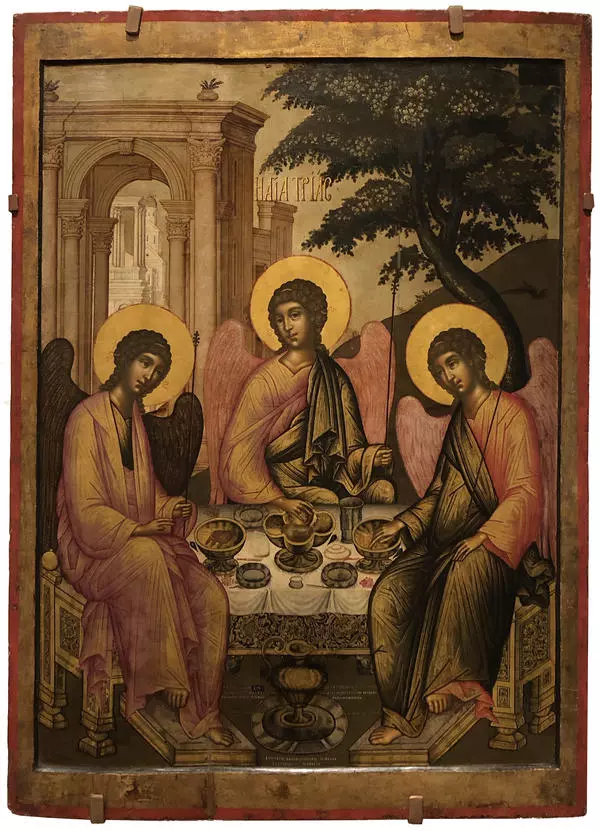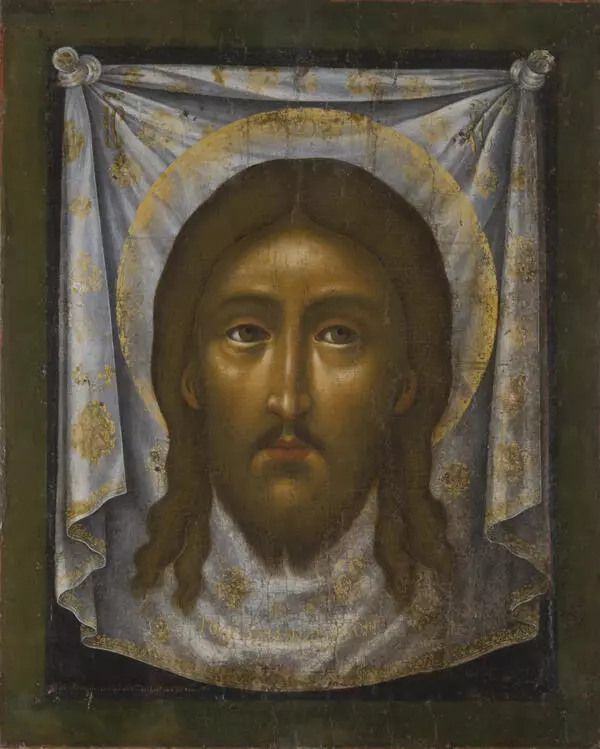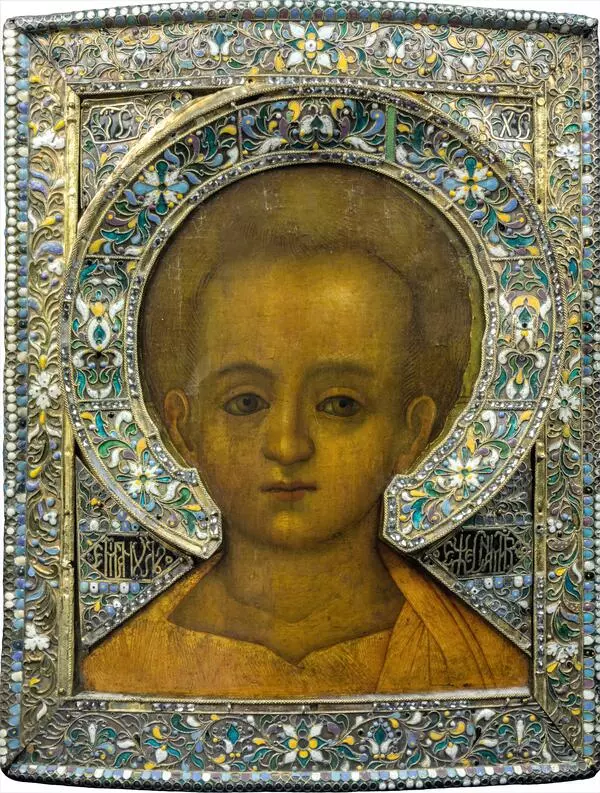The famous Russian artist, the royal painter Simon Ushakov worked in the second half of the 17th century. Researchers are particularly interested in his early works that shed light on the origins of his unique style.
The Russian icon-painting tradition, based on the artistic perception of Byzantine sacred art, consistently evolved under the influence of new artistic phenomena. Russian painters studied the works of both Greek and European masters, old and modern; they were especially attracted by those artists whose works were closest to their own aesthetic principles. Thus, it is clear that Simon Ushakov obviously was inspired by the style of German and Dutch artists of the turn of the 16th century, which had developed a completely different iconography. The results of this connection would become noticeable later in his career, but early on the Moscow master showed only glimpses of a new vision that did not break with tradition.
A large icon with a full-length frontal image of Metropolitan Philip Kolychev of Moscow was painted shortly after his relics were moved from the Solovetsky Monastery to the Assumption Cathedral of the Moscow Kremlin in the summer of 1652. It was completed by Easter of 1653, as evidenced by the artist’s commemorative inscription along the edge of the central part of the icon.
The saint is depicted in episcopal vestments, in a miter, with his hands spread apart: he blesses with his right hand, and in his left one he holds the Gospel in a precious revetment. The face of Metropolitan Philip with fine right features, large eyes and high eyebrows is framed by short hair and a small beard. Ushakov painted with thin layers, through which a somewhat archaic preparatory drawing can be seen; it is characteristic of the painter’s individual manner.
The icon was clearly commissioned by the tsar and Ushakov took the assignment seriously. It was most likely intended for the Assumption Cathedral of the Moscow Kremlin. It was moved to Kaluga in the early 18th century, most probably, through the efforts of the younger sister of Peter I, Princess Natalya Alexeyevna, who donated a large sum for the construction of the Transfiguration Church.
